U.S. Consumers May Feel Pinch From Panama Canal Tariff Hike
The Panama Canal tariffs on crossing ships will add to looming price hikes for U.S. consumers as Trump threatens to take control of the historic waterway.

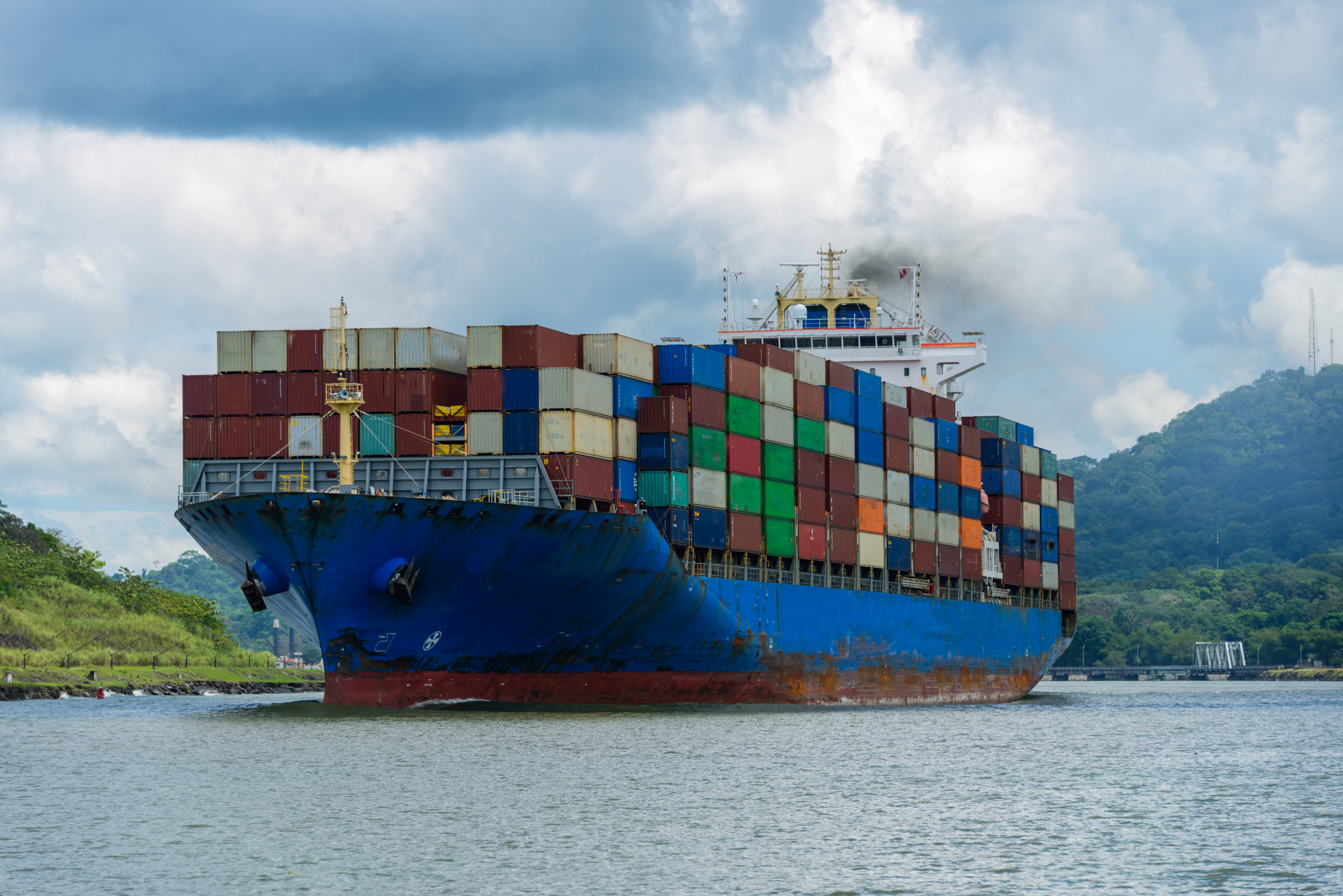
Another tariff hike could soon impact global trade and U.S. consumers.
Panama is slated to impose new tariffs this month for crossing ships seeking passage through the Panama Canal. Over 70% of traffic in the critical waterway comes from U.S. naval and merchant ships each year.
The canal’s tariff modifications come after an extreme drought substantially reduced water levels and limited the channel’s capacity for crossing ships. Due to the resulting revenue loss, authorities hiked the fees per vessel.
From just $107.88 $24.99 for Kiplinger Personal Finance
Become a smarter, better informed investor. Subscribe from just $107.88 $24.99, plus get up to 4 Special Issues

Sign up for Kiplinger’s Free Newsletters
Profit and prosper with the best of expert advice on investing, taxes, retirement, personal finance and more - straight to your e-mail.
Profit and prosper with the best of expert advice - straight to your e-mail.
Separately, President-elect Donald Trump has proposed and continues to defend his plans to impose tariffs on all foreign goods entering the U.S., a campaign vow that economists warn would raise prices for U.S. consumers even further.
Trump has also recently expressed a desire to take control of the Panama Canal, claiming the waterway's control represents a strategic loss for American interests.
Here’s what you need to know about the Panama Canal's upcoming fee hikes and what they mean for you as a consumer.
Who operates the Panama Canal?
The Panama Canal is operated by the Panama Canal Authority (ACP), a Panama government agency that has been responsible for the canal's management for the last 25 years.
As mentioned, Panama is implementing a series of tariff modifications this year to relieve congestion at the canal following its severe drought.
- At one point, Panama authorities said ship crossings were cut by 36% due to low water levels.
- The Associated Press reported that this cost Panama between $500 million and $700 million in 2024.
The disruption caused a major problem for global trade: traffic jams.
This led to delays, higher shipping costs, inflationary pressure on goods, and overall growing uncertainty about the reliability of the Panama Canal’s transit system. Why is this a big deal?
The canal serves more than 144 maritime routes and connects 160 countries, reaching as many as 1,700 ports in the world. That’s not all: more than 70% of cargo ships crossing the 80-kilometer route are going or coming from the United States.
The updated fees, meant to ease congestion, will impact every nation using the Panama Canal, not just the U.S.
Some fees will impact transit reservations, for instance:
- A regular vessel will have to pay $12,000 starting January 1 to reserve the right of passage through the canal.
- Previously, the tariff was $10,500. Super vessels and large container ships will also face transit hikes.
Shippers will be charged 1% of the reservation tariff if they swap slots within 14 days or less. Additionally, any ship that arrives at the canal and needs a last-minute reservation will face even higher penalties. A regular vessel will face a $25,000 tariff, more than double the normal rate.
Those are just a few of the changes that will be in effect for all ships crossing the canal starting this year, according to the Panama Canal Authority.
Could Panama Canal tariffs spike U.S. consumer costs?
Panama’s tariff modifications will increase the shipping costs for U.S. merchant ships, which will impact American businesses and, as a result, may cost U.S. consumers more.
Businesses generally pass along tariff costs to their consumers by inflating prices. That’s mainly because tariffs may reduce business profits, so they must recoup those costs.
At the same time, Trump has remained firm in his pledge to increase tariffs on all imports entering the United States. The president-elect’s most prominent proposal aims to impose a universal 20% tariff and a 100% rate on Chinese imports.
As Kiplinger has reported, economists warn the across-the-board tariffs would drive shopping prices higher in 2025. Everyday items like clothes, toys, furniture, or other household appliances would all see steeper prices, shrinking your spending power.
Some U.S. states would also be hit harder by tariffs than others, as their economies rely more on imports.
Tariffs bottom line: What’s next for U.S. consumers
Tariffs will be a prominent topic in 2025 as the U.S. president-elect plans to impose steep taxes on all imported goods.
As mentioned, experts say that businesses usually pass along some of the costs of tariffs to consumers by hiking the price of goods. While Panama’s new tariffs on goods crossing its waterway are global, they may impact the price of some goods as businesses adjust to higher fees.
Separately, Panama is one of three countries without an inheritance tax, making it one of the top retiree-friendly countries in the world. Additionally, as reported by Kiplinger, many Americans see tax benefits of retiring in Panama. including a lower cost of living, lower property taxes, and tax breaks.
For now, stay tuned on how tariffs may come to impact your wallet in 2025.
More on Panama and Tariiffs
- Three Tax Reasons to Retire in Panama
- Which States Will Be Hardest Hit By Trump's Tariffs?
- How Tariffs Could Make Shopping Pricier This Year
Profit and prosper with the best of Kiplinger's advice on investing, taxes, retirement, personal finance and much more. Delivered daily. Enter your email in the box and click Sign Me Up.

Gabriella Cruz-Martínez is a finance journalist with 8 years of experience covering consumer debt, economic policy, and tax.
Gabriella’s work has also appeared in Yahoo Finance, Money Magazine, The Hyde Park Herald, and the Journal Gazette & Times-Courier.
As a reporter and journalist, she enjoys writing stories that empower people from diverse backgrounds about their finances, no matter their stage in life.
-
 'Humbug!' Say Consumers, Despite Hot GDP: Stock Market Today
'Humbug!' Say Consumers, Despite Hot GDP: Stock Market Today"The stock market is not the economy," they say, but both things are up. Yet one survey says people are still feeling down in the middle of this complex season.
-
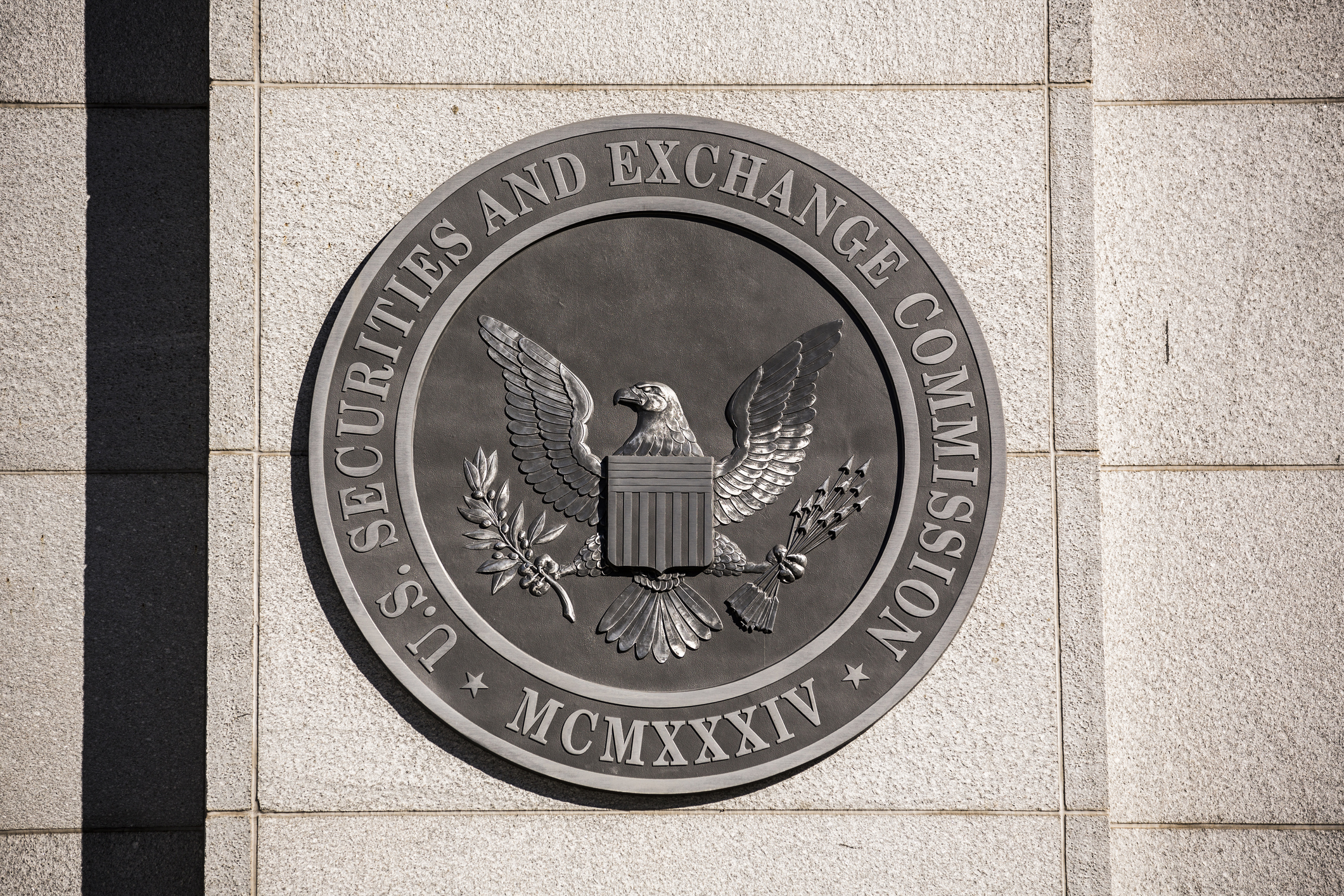 The SEC Is Concerned for Older Investors and Retirement Savers. Here's What You Should Know
The SEC Is Concerned for Older Investors and Retirement Savers. Here's What You Should KnowThe SEC focusing on older investors, retirement and college savers, and private securities. Here's how those changes impact you.
-
 Vesting, Catch-Ups and Roths: The 401(k) Knowledge Quiz
Vesting, Catch-Ups and Roths: The 401(k) Knowledge QuizQuiz Test your understanding of key 401(k) concepts with our quick quiz.
-
 Retirees in These 7 States Could Pay Less Property Taxes Next Year
Retirees in These 7 States Could Pay Less Property Taxes Next YearState Taxes Retirement property tax bills could be up to 65% cheaper for some older adults in 2026. Do you qualify?
-
 Estate Tax Quiz: Can You Pass the Test on the 40% Federal Rate?
Estate Tax Quiz: Can You Pass the Test on the 40% Federal Rate?Quiz How well do you know the new 2026 IRS rules for wealth transfer and the specific tax brackets that affect your heirs? Let's find out!
-
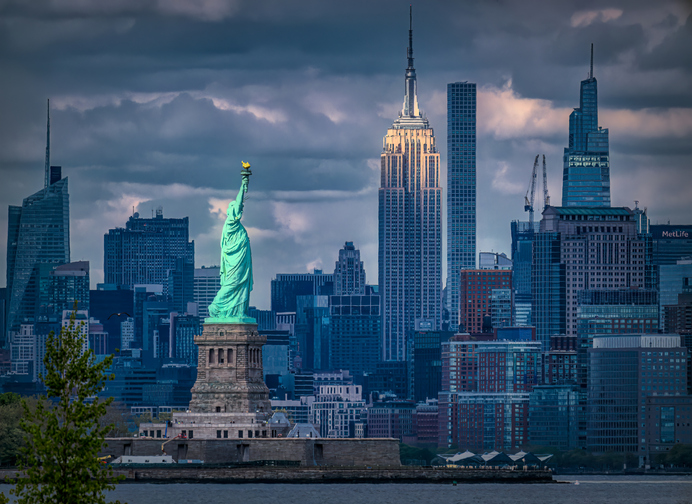 'The 'Mamdani Effect' in New York: Can the City Afford a Millionaire Tax?
'The 'Mamdani Effect' in New York: Can the City Afford a Millionaire Tax?State Tax Will higher income taxes drive the wealthy to flee New York in 2026?
-
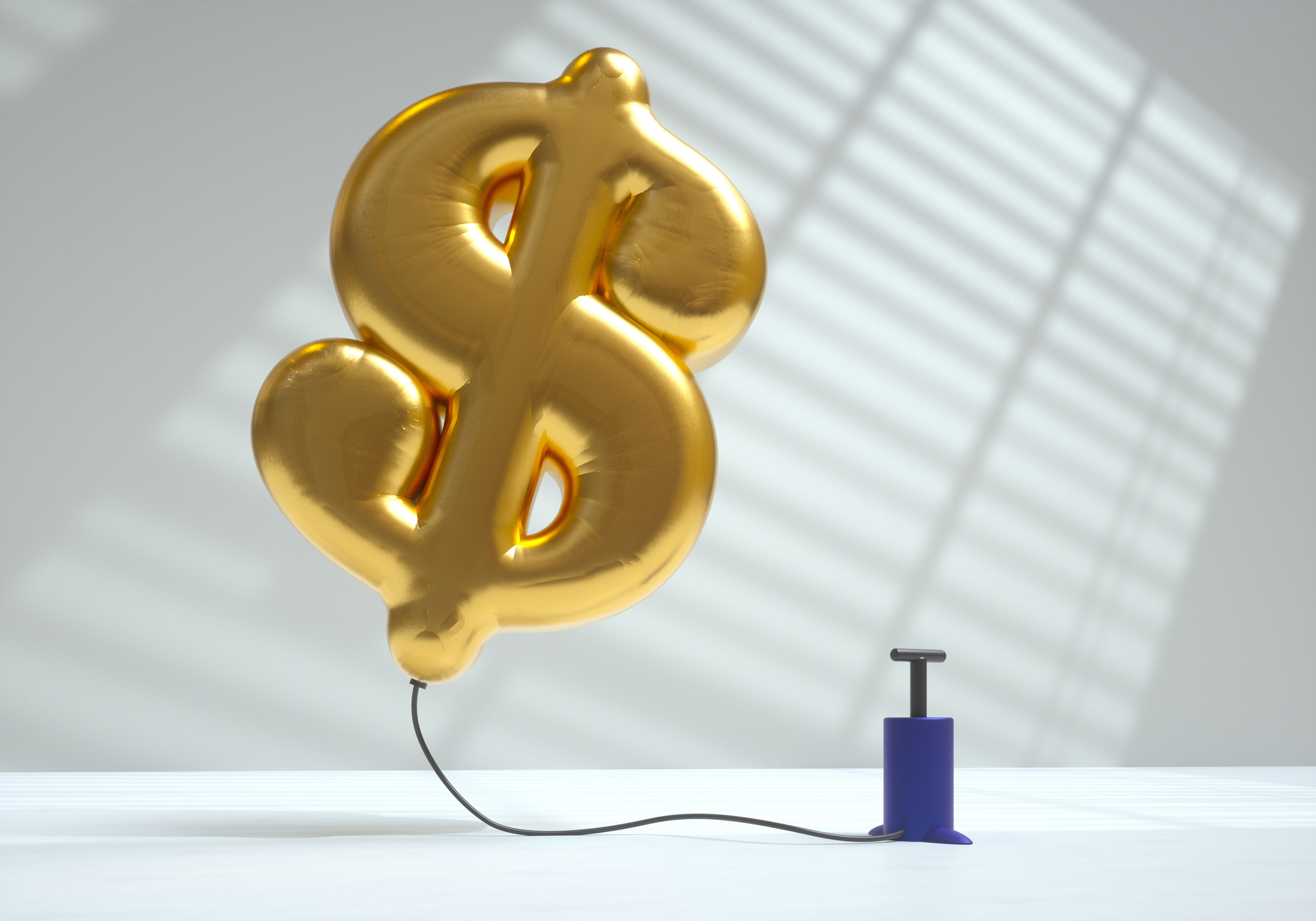 The November CPI Report Is Out. Here's What It Means for Rising Prices
The November CPI Report Is Out. Here's What It Means for Rising PricesThe November CPI report came in lighter than expected, but the delayed data give an incomplete picture of inflation, say economists.
-
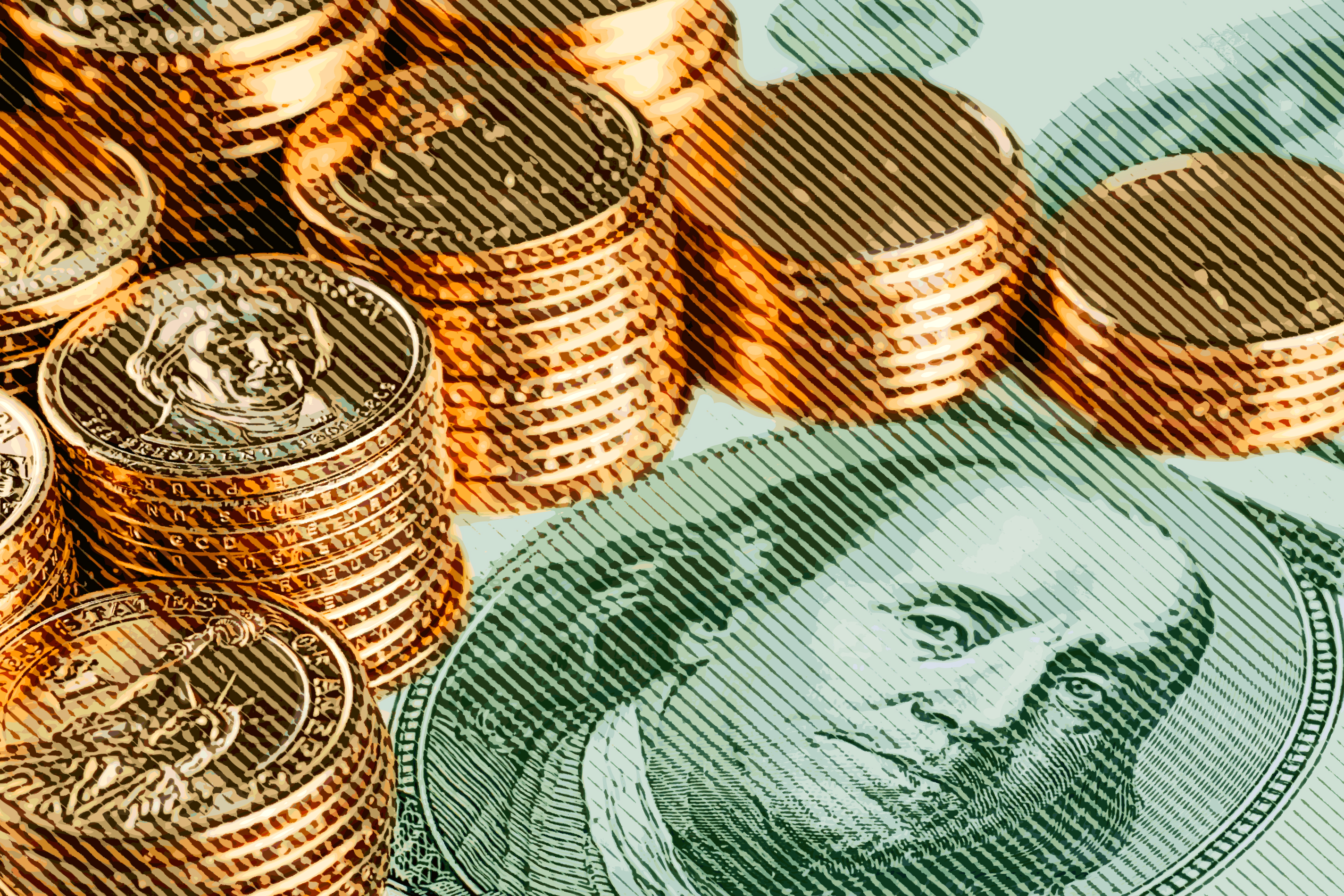 Law Reversal Looming? Trump Eyes 2026 Gambling Winnings Tax Change
Law Reversal Looming? Trump Eyes 2026 Gambling Winnings Tax ChangeTax Deductions It's no secret that the IRS is coming after your gambling winnings in 2026. But how long will that last?
-
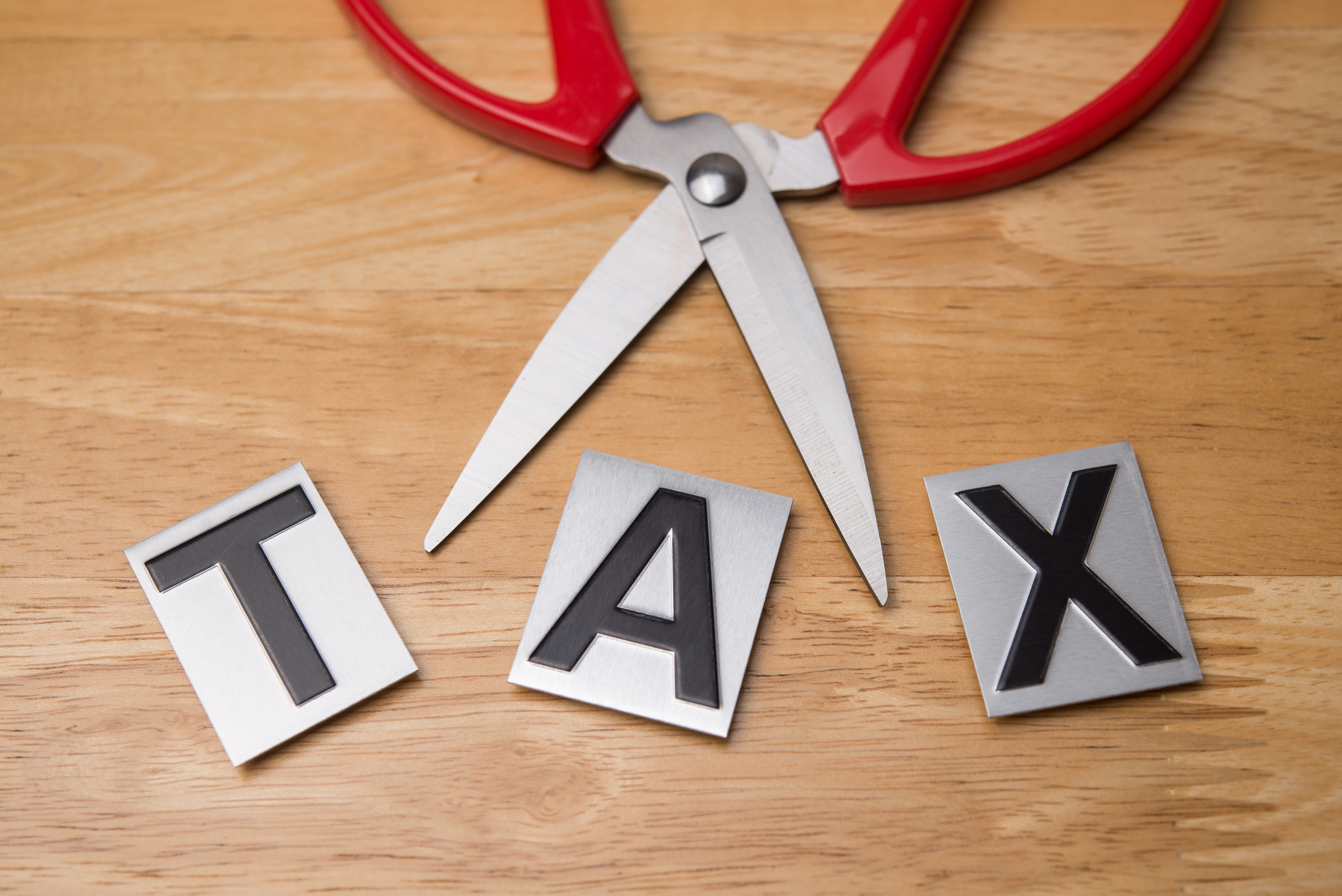 Trump's Plan to Eliminate Income Tax: 7 Things to Know Now
Trump's Plan to Eliminate Income Tax: 7 Things to Know NowTax Policy The potential consequences of eliminating taxes in favor of Trump tariffs could impact everything from inflation to Social Security and might give some U.S. taxpayers pause.
-
 5 Types of Gifts the IRS Won’t Tax: Even If They’re Big
5 Types of Gifts the IRS Won’t Tax: Even If They’re BigGift Tax Several categories of gifts don’t count toward annual gift tax limits. Here's what you need to know.
-
 The 'Scrooge' Strategy: How to Turn Your Old Junk Into a Tax Deduction
The 'Scrooge' Strategy: How to Turn Your Old Junk Into a Tax DeductionTax Deductions We break down the IRS rules for non-cash charitable contributions. Plus, here's a handy checklist before you donate to charity this year.